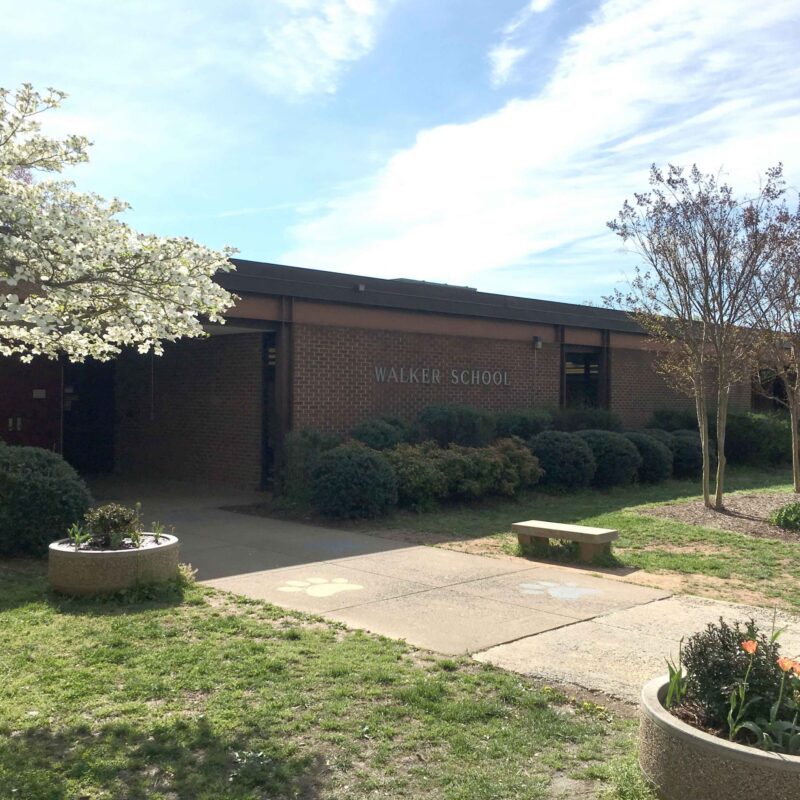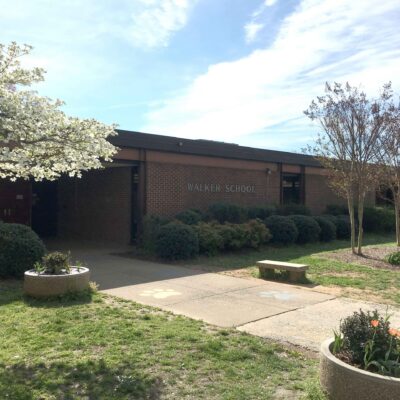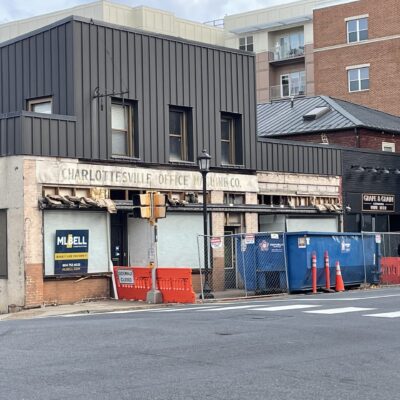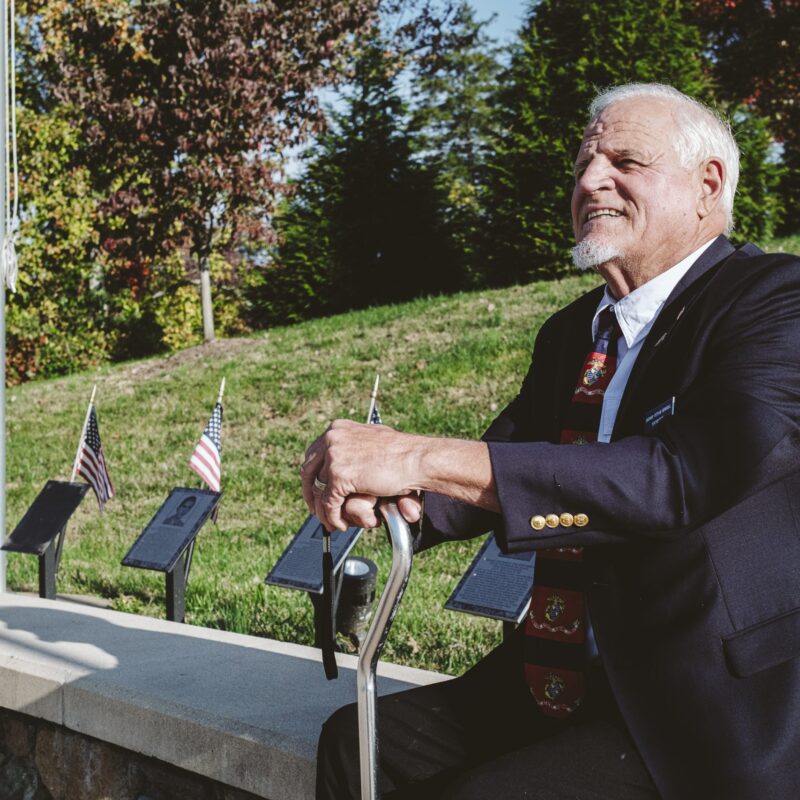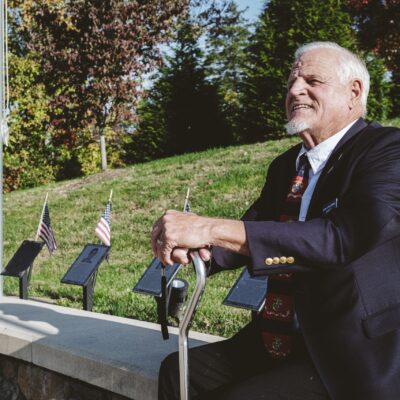UVA is often called the engine that drives Charlottesville, or the 800-pound gorilla in the room, depending on who’s talking and whether they think UVA’s doing its fair share. Not content with such generalizations, University President John Casteen commissioned a Weldon Cooper Center study to quantify the economic impact on both the local area and the state in the year 2005. The researchers’ conclusion: UVA contributed $1.1 billion to the local economy, and, uh, a whole lot to the state.
“We were asked to do as neutral and careful an evaluation of the University as we could,” said William Shobe, one of the researchers, at a press conference. Shobe stressed that the researchers made conservative assumptions for the study, which updates a similar one from 1990. As such, they did not put a monetary tag on volunteer hours—though nor did they put a value on, say, local suffering from drunken frat boys.

Total UVA local spending, broken down above, comes to $1.1 billion. Researchers estimate that while $366 million leaks out of the community, that which remains has a multiplier effect, bringing the local impact back to $1.1 billion.
|
One of the more significant ways UVA affects the local area (defined by Charlottesville and Albemarle, Fluvanna, Greene and Nelson counties) is through employment. Since 1990, the University has increased its full- and part-time staff by 32 percent. Of all non-farm workers on local payrolls, UVA employed 20 percent in 2005, up from 16 percent in 1990. Much of those salaries go back into the local economy through meals out, shopping and gas purchases.
As for direct payments to local government, precious little flows directly from the coffers of the University. As UVA property is tax-exempt, the city forwent $4.6 million and the county $6.9 million in taxes (UVA does pay a “service charge,” roughly equivalent of the real estate tax, for faculty and staff housing—such as Carr’s Hill, the president’s home). The researchers estimated that property taxes paid by faculty, staff and students cover the public education costs of their kids in the city, though not in the county, where $7.5 million is left in the balance.
Unlike any of the four previous studies of UVA’s economic impact, this one tried to tackle the effects on the state economy. And while the researchers produced a lot of verbiage, the quantifiable big picture remains sketchy at best. What they could determine was that for every state dollar spent on UVA, the University brought in $3.45 in out-of-state grants, fellowships and donations. But as for the public value of an education? “For a variety of reasons,” says the report, “these effects are devilishly difficult to measure.”
C-VILLE welcomes news tips from readers. Send them to news@c-ville.com.
